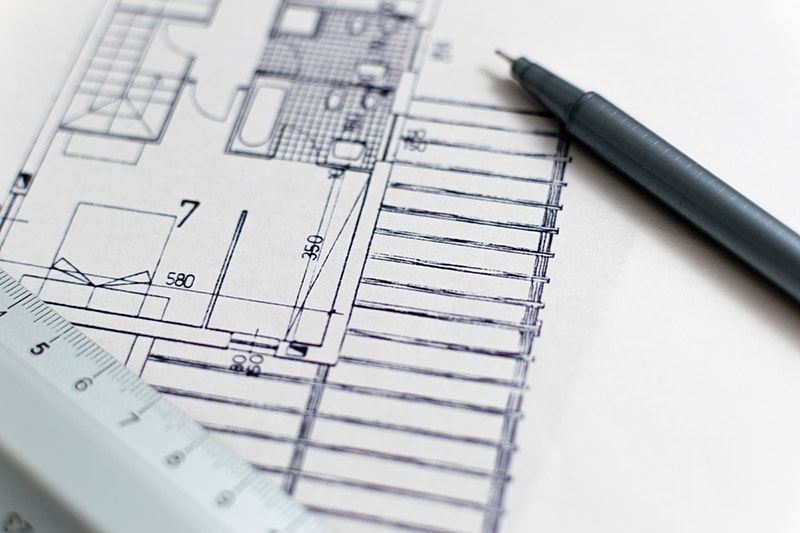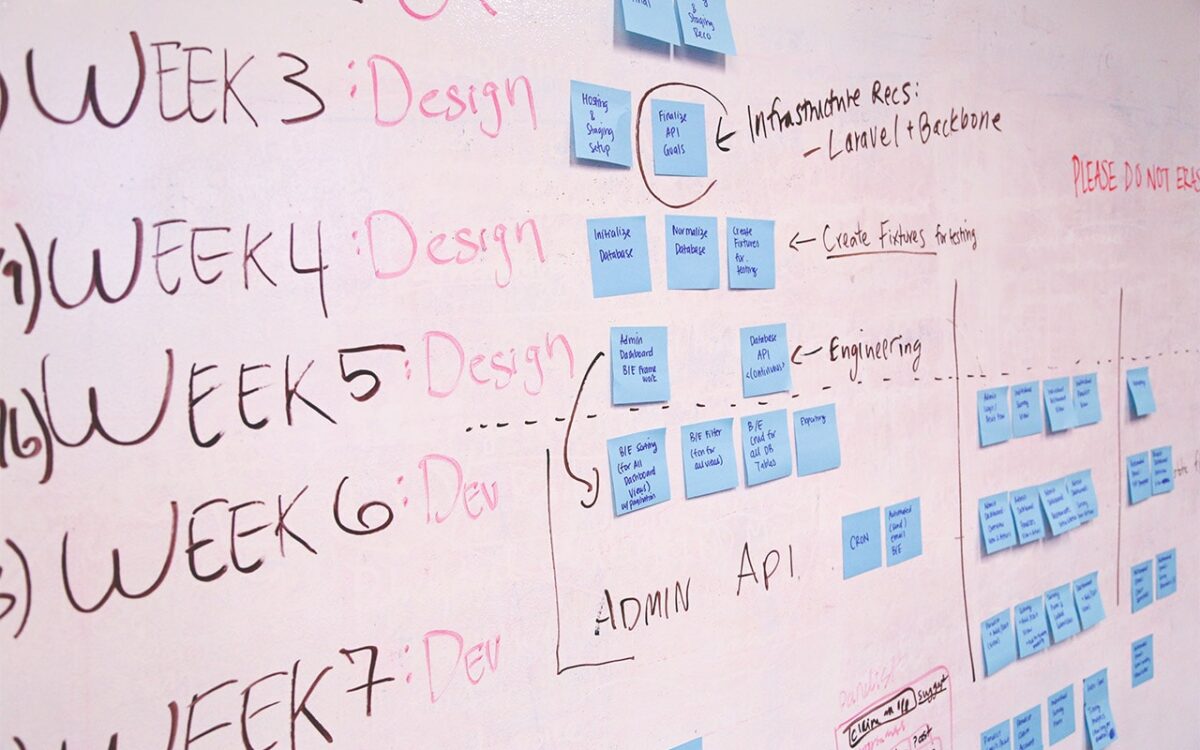People have a tendency to underestimate time. We tend to be overconfident of our abilities and ignore smaller details that can slow us down, affecting our personal and professional lives. Many often feel frustrated or tired as the result of their poor time managing skills. At job sites, delayed deliverables, common over budgets and silly but time-consuming mistakes can be attributed to poor project management practices, which can lead to really undesirable consequences.

For midsize firms, time is their most valuable resource. This size of business lies in its ability to move quicker than smaller competitors while delivering the same quality of a product as large multinational companies. To attain such high standard results, businesses in this situation must act fast while properly coordinating tasks with other areas and correctly delegating work. Without organization and precise planning, effectively performing these tasks can become a real challenge.
This situation, although slightly more relevant to midsize businesses, is not something any size enterprise should ever overlook. In today’s competitive world, there is no place for inefficiency. Fortunately, there are many useful options to overcome this challenge.
One of them is using digital tools like BulldozAIR, a Project Management Platform for Construction & Maintenance, to help you keep your data organized, delegate effortlessly, set deadlines and coordinate with others in matters of seconds. Digital tools are a great option if you already understand what project management is and are looking to save time, improve your operational efficiency and reduce the stress that accompanies planning large projects. However, whether you use digital tools or not, you can accomplish effective project management by following these five simple steps:

1. Outline all of your objectives
Defining your goals in plenty of detail will allow you to estimate the time and resources needed to accomplish your project. When setting your goals, remember to include everyone participating in the project as you might not be aware of every minor detail regarding it. Work with collaborators and stakeholders to set realistic and feasible goals that will bring real value to your project. Try asking the next questions when defining your goals:
- Who is this project for?
- How is this project going to benefit them?
- What are the highest/lowest priority tasks?
- What are the limitations?
After having a clear set of goals, remember to organize them by priority to avoid focusing on lower value tasks. Make sure every item from your list is “S.M.A.R.T.” or Specific, Measurable, Attainable, Relevant and Timely.
2. Make a list of all your deliverables
Create a list of all the deliverables in your project. Define how will these tasks be accomplished, estimate the resources they will need and who will be in charge of each deliverable. At last, set an estimated date for its completion to understand the timeline of your project better. Creating a list of deliverables will provide you with visible markers of your project’s progression.

3. Build a detailed calendar for your project
How long will each objective or deliverable take? How many people will each task need? What resources will they occupy? You need to consider very carefully all the minor details included in your project to establish reasonable deadlines. With all this information on the table, you can now organize work in a time-efficient manner and be as productive as possible.
One frequently-used method to schedule tasks efficiently is the “CPM” or Critical Path Method; you can find here a tutorial on how to use Microsoft Project to establish your critical path and schedule your tasks efficiently.
Lastly, if you feel overwhelmed by large tasks or objectives, consider breaking them down into smaller and more manageable responsibilities. Then, setting indicators that can let you observe the progress of each large task without the stress from seemingly never-ending obligations.
In summary, to successfully schedule your tasks always keep in mind these steps:
- Define your resources realistically: number of working hours, the number of collaborators needed, tools needed, etc.
- Set accurate delivery dates: don’t forget to consider the allocation of resources such as machinery and vehicles as well
- Establish significant progress markers: each indicator will determine the phase of your project and let you observe its progress

4. Never forget to document anything
No matter how well you scheduled your project, there are always unexpected incidents that may demand changes. For this reason, it is vital to document every step of the process and avoid any potential errors that can originate from a change. Record deadlines, work schedules, or your project’s progress to create visual representations of this information.
One useful way to document your project is using project charters, learn how to build one here. Another effective practice is using digital tools like BulldozAIR, a Project Management Platform for Construction & Maintenance, which lets you track and store a vast amount of data from your projects.
Moreover, make sure to share all this data with your team of collaborators and partners involved in the project as information silos are never helpful. Everyone must completely understand what is happening on site at any moment as the lack of a continuous information flow can account for decreased productivity levels. BulldozAIR also helps you out here; simply invite collaborators to your projects and share all your project’s information with them in just a few clicks.

5. Executing your plan
When carrying out your plan, you should always aim to stay on the schedule that you had planned, however, sometimes changes are inevitable. Remember to be realistic about your goals and be flexible when needed, to avoid imposing unreasonable deadlines on your collaborators.
It is imperative to keep your team motivated from the first day of the project until the very last. Without a motivated team, your productivity will go down, and the potential for delays or mistakes will considerably rise. A great tip for keeping everyone motivated and in the right path of your plan is to create checklists. This useful tool will make progress tangible and allow everyone to see the evolution of his or her work.
Moreover, always keep a close eye on your initial plan. This document will provide early warning signals of delays or incoherencies in your project and allow you to fix issues before it is too late.
Finally, never give up. Sometimes large projects can bring stress and anxiety; however, proper planning will attenuate this situation and offer you the right tools to finalize your projects with positive outcomes. Be positive and trust your plan.
Project management is a useful skill for many professionals yet; it imposes a challenge for many people. We hope these five steps have provided you with a better grasp on what you need to do to organize your project efficiently and obtain excellent results without suffering delays or exceeding budget expectations.








